If you’re new to specialty coffee and brewing better coffee in the home, I have some simple numbers for you to remember:
1:14; seven; and one hundred.
1:14 is your starting target ratio of ground coffee to brewing water used to make most non-pressurized coffee brews, from siphon to pour over, from press pot to AeroPress. The seven is 7 grams of coffee. The one hundred is 100ml of water.
For every 100ml water used in your brewing device, add 7 grams of ground coffee. That delivers a 1:14 ratio (actually, 1:14.25, but who likes decimals?!).
Don’t have a $75 coffee scale? No problem, because I’ll let you in on a little secret: one heaping (or rounded) tablespoon of coffee, in any grind level from fine AeroPress grind to a coarse press pot grind, is roughly 7g, +/- 5%. Just use a tablespoon for your coffee doses, and a kitchen measuring cup for your water volumes.
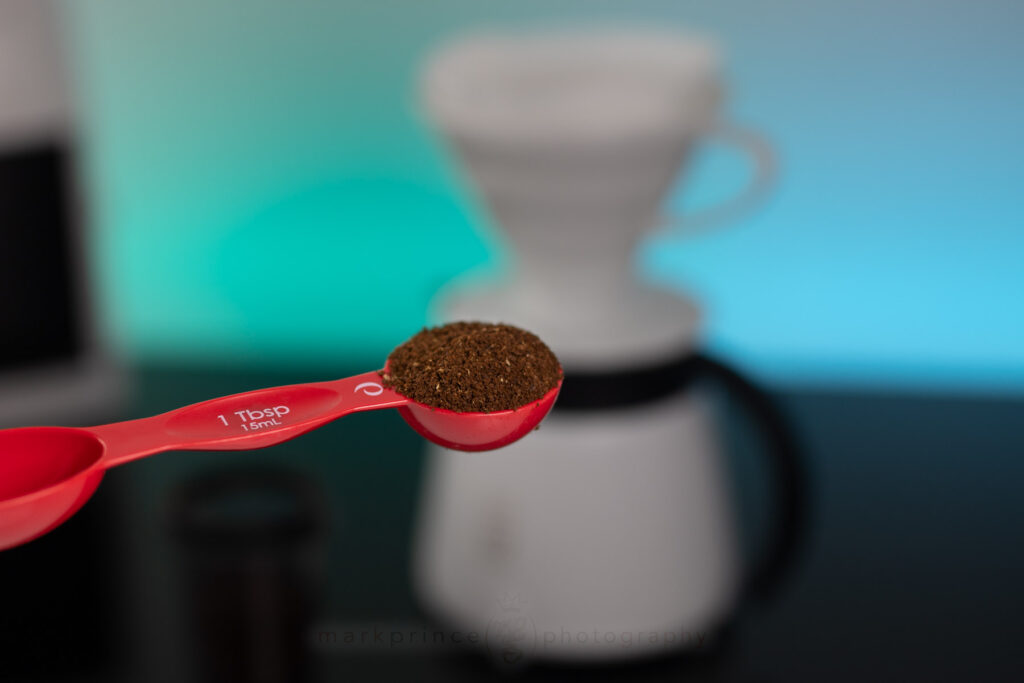
If you don’t read anything else in this article, use the above numbers as your starting point for every small batch brew you do that involves heated water. You’ll be very happy with the results. If you want to find out how we got to these easy to use and remember numbers, read on.
The Tablespoon and the Cup
We’ve been making coffee a long, long time at CoffeeGeek. We’ve organized championship barista tasting sessions, held taste evaluation parties with 30+ enthusiastic home baristas, taught beginner classes in all aspects of coffee brewing, and have brewed literally tens of thousands of cups of coffee, all in the pursuit of finding a better cup, based solely on how it tastes.
There’s a number we always come back to when thinking about doses and volumes for different types of brews. That number is seven. As in seven grams.
For the longest time – decades upon decades in fact – coffee doses were measured in tablespoon sizes. Brewing on a 1980s Braun Auto Drip with a 10 “cup” capacity (where the cup sizes were about 140ml)? 1 rounded tablespoon per cup. Pulling a single shot of espresso on a La Pavoni Europiccola in 1992? 1 rounded tablespoon of fine grind. Brewing in a 3 cup press pot? 3 tablespoons of coarse ground. It’s only in the last 10 or 15 years that more accurate methods for measuring coffee doses have been adopted by the general public, using scales accurate down to 0.1g.
Was the tablespoon something used for convenience and recognition, or was there something more to it?
There is a bit more to it: that tablespoon, as mentioned at the top, delivers a consistent 6.5g of coffee (+/-5%, or .2g), and around 7g of coffee if you do a heaping or “rounded” tablespoon measurement. And it turns out that heaping tablespoon of ground coffee per “cup” could deliver what leading experts today think are ideal ratios of water to coffee: between 1:14 and 1:17.
Let’s talk about those “cups” manufacturers have used for decades on their coffee appliances. The actual volume per cup has never been standardized by the various brand companies. Some think 150ml is a “cup”. Others, who want to market a 1.3l auto drip coffee maker as a “12 cup” coffee maker, think 110ml is a cup.
Even the current specialty coffee companies have different concepts of what a “cup” is, even within their own product range. Take Hario for example. Their 3 cup siphon coffee makers have about 117ml per “cup”. Yet many of Hario’s glass beakers for pour over have indicator dots at the 100ml marks for “cups”, calling them 3 cup or 5 cup brewers.
Across thousands of brewing appliances I’ve measured and used over the years, I’ve found most manufacturers consider a “cup” to be between 100ml and 120ml. This is important to know because most of these same manufacturers recommend a heaping or rounded tablespoon of coffee per “cup” brewed.
Going by that recommendation, for a device measuring 100ml per cup, using a rounded tablespoon delivers a 1:14.25 ratio. A 120ml “cup” using a rounded tablespoon of coffee is a 1:17 ratio. That’s actually a pretty big difference in this day and age, Personally, a lot of my grey hairs have come from trying to figure out why one manufacturer thought a 1:17 ratio was good for their appliance yet, another company, with an appliance delivering the exact same brewing method, would recommend a 1:14 ratio.
Confusing, right? So why not go to the experts and see what they have to say?
The SCA Gold Cup Standard
A long time ago, the Specialty Coffee Association of America (then SCAA, now the SCA) developed a set of recommendations they called their Gold Cup Standard. They settled, after a lot of testing and evaluation, on a Gold Cup standard of 55 grams (+/- 10%) per litre of water. That presents a ratio of between 1:20 and 1:16.25.
I must stress something: this Gold Cup standard by the SCA is for large batch brewing. I say this because I spent several years – very frustrating years – trying to make the SCA’s Gold Cup ratio work for a good cup of coffee, when brewing 250ml in an AeroPress, or 350ml in a 3 cup siphon coffee maker. The brewed coffees using this ratio were consistently underpowered, faint on flavours and aromas, and light on body.
It had to be me though, right? Or perhaps I was using crappy coffee, or shoddy equipment. Because this was the SCAA and their Gold Cup standard!
If memory serves, around 2008, I was talking of these frustrations with a well respected veteran of the specialty coffee industry at the SCAA Expo. He explained that the SCAA’s Gold Cup ratio was designed for large batch brewers (!!!) in commercial environments: cafe sized auto drip brewers and the like. After all, the SCAA wasn’t in business to teach consumers how to make better coffee; they were in business to promote and improve commercial enterprise in the specialty coffee realm.
He told me what I already kind of knew: the smaller the batch, the tighter the ratio has to be. When he did a 250ml Melitta pour over, he aimed for 1:12 or 1:14 as his ratio. He also pointed out the SCAA was working on including total dissolved solids (TDS) numbers in their gold cup standard which would be much better measuring stick for small batch brewing.
Sidenote: the SCA have since incorporated TDS number targets, saying the target is 11.5-13.5g per litre, or a 1.15 to 1.35% volume of TDS from a solubles extraction yield of 18% to 22%.
Sigh, numbers. (how’s it taste!!! my brain screams).
But I include these numbers and talk about TDS, because you cannot get a 1.2g/100ml TDS value from a 1:20 ratio of coffee to water when brewing volumes under 400ml. (well, you could, but you would over-extract the coffee and it would taste like shit). You might be lucky to get 1.1g/100ml if you go to the bottom end of the SCA’s Gold Cup ratio of 1:16.5. Bottom line: the numbers do not add up in small batch brewing, using SCA’s recommended coffee to water ratios.
The goal here is brewing good coffee, and getting the most out of your expensive brewer, expensive grinder, and expensive coffee. If you are brewing full pots of auto drip coffee – 1.3 litres or more – by all means, use the SCA’s median ratio of 1:18, or 55g of coffee per 1 litre water.
But if you’re looking to get the most out of your small batch brews, no matter the brewing method (including siphon, press pot, Chemex with its weird filters, V60s, Melittas and the AeroPress), go with the ratio we’ve been using for over 15 years now at CoffeeGeek: 1:14.
At least as your starting point.
The CoffeeGeek Ratio
We settled on this ratio: 1:14, or 7g of coffee for every 100ml of water used as recommended baseline for most non pressurized coffee brewing methods.
We arrived at 7g/100ml for reasons beyond just delivering a 1:14 ratio however. In the past we’ve done a lot of beginner coffee education, and many folks just getting into specialty coffee didn’t own accurate 0.1g scales nor saw the need to buy one (especially when some are $150 or more). If you remember from above, a heaping tablespoon is roughly 7 grams of coffee at almost any grind fineness level. Telling people to use a heaping tablespoon of ground coffee per 100ml they could measure from a standard measuring cup gave them a pretty accurate way to get to that 1:14 ratio, without having to buy a $75 coffee scale.
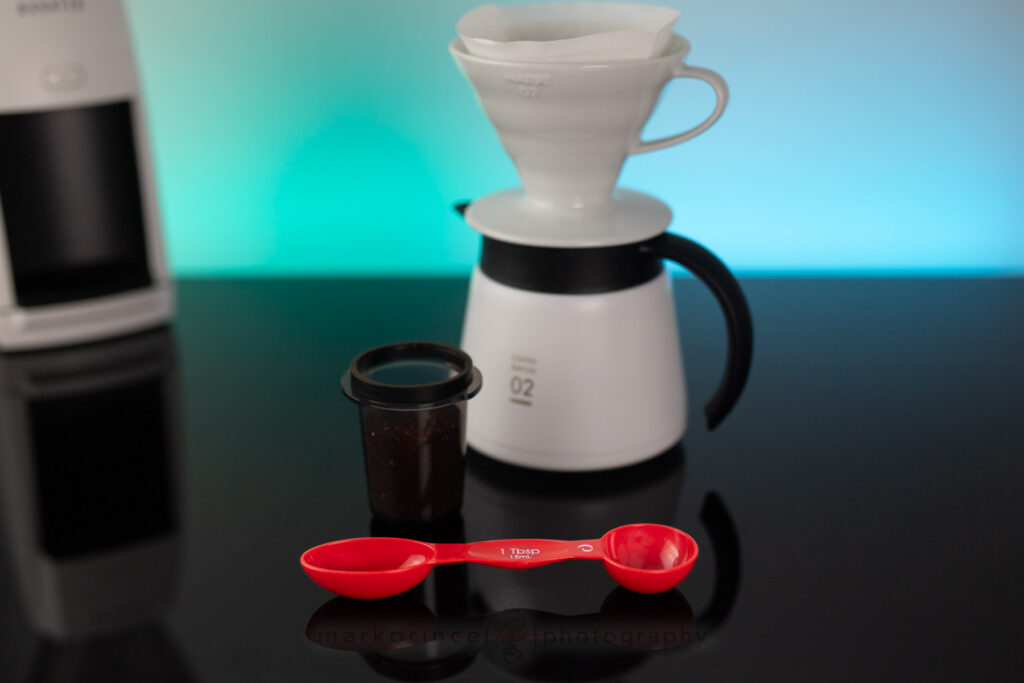
That’s not the only benefit of the seven grams starting point. 7g/100ml works absolutely fantastic in siphon coffee. It’s the perfect, golden ratio. It also works exceptionally well with press pot coffee, and parrots the advice Bodum has been giving with their instruction manuals for decades.
7 grams per 100ml is also an excellent starting point for the AeroPress. Its max brewing volume is around 250ml, and 18g is a great dose for your typical inverted AeroPress brew, brewing to max volume. Even using 14g for a 200ml brew works fantastic.
Things get a bit more tricky in pour over. Because of the relatively rapid flow through brewing method the pour over is, my personal experience is that 8g per 100ml brewed delivers the best possible cup if you’re brewing 300ml or less. That’s a 1:12.5 ratio.
You could grind finer, and stick to the 1:14 ratio, but I find that has more possibilities of delivering off, harsh flavours from over-extraction due to the finer grind, and the delayed drop times. I really started to notice this around 2010-12, so when I was doing beginner coffee classes, I recommended that, for pour over, people still stayed with the rounded tablespoon of coffee per 100ml brewed, but add another teaspoon for every 300ml in your batch. That delivers about 8g per 100ml, and a 1:12-1:13 ratio.
The Chemex is really the only major brewing method where this ratio of 7g/100ml doesn’t work well. The Chemex requires a coarser grind because of the way the paper filter work on it. If you grind too fine, you will stall the brew. Unlike the press pot (another coarse grind brewer), which is an immersion brewer, the Chemex is a flow through device, so you have to make the most of your limited contact time with those larger chunks of ground coffee.
I find a minimum of 8g per 100ml water is necessary with the Chemex, and to be honest, I push it to 9g/100ml, or a 1:11 ratio when brewing to get the best possible cup.

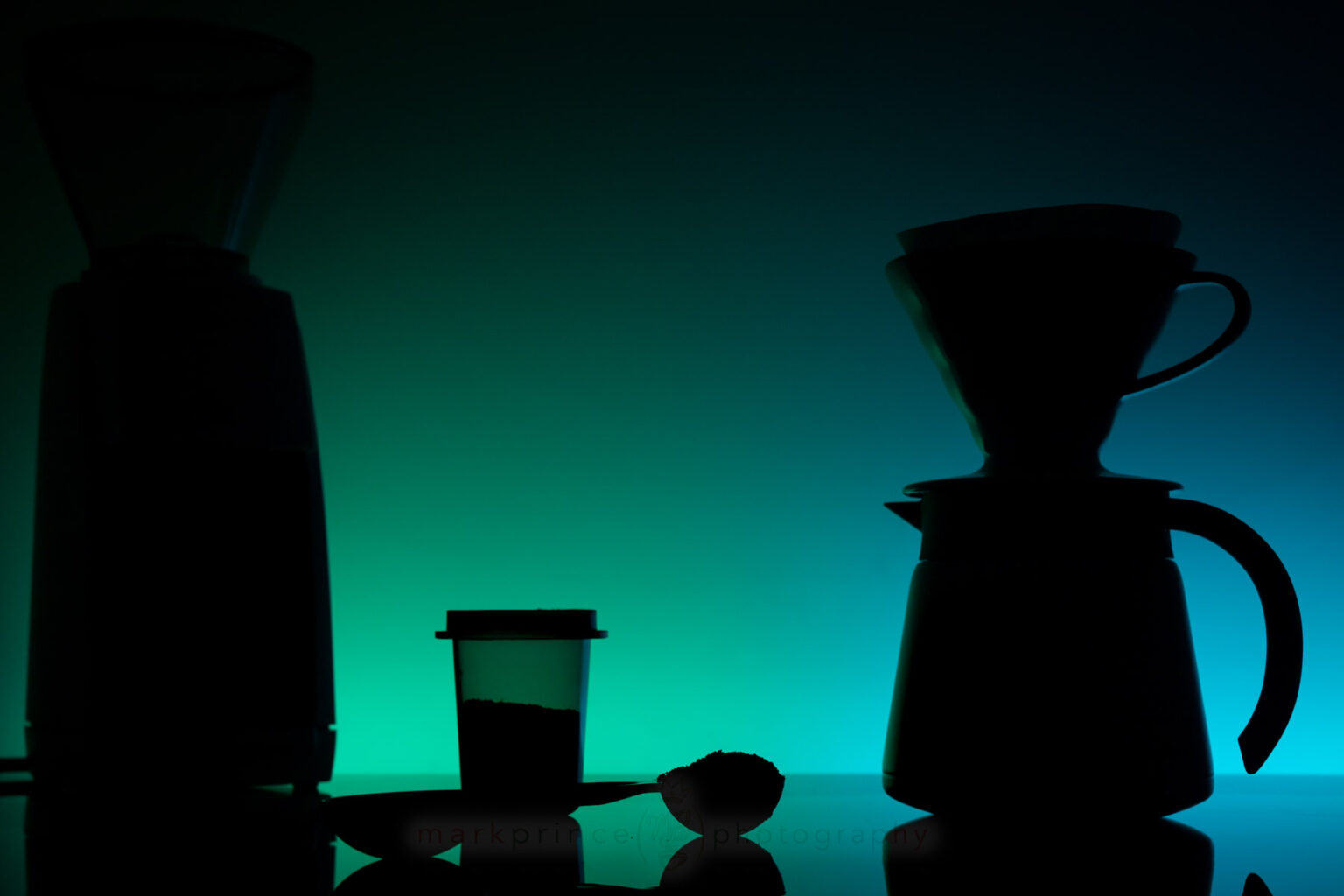

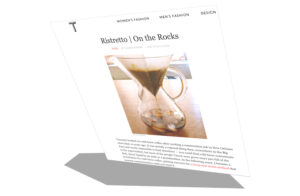
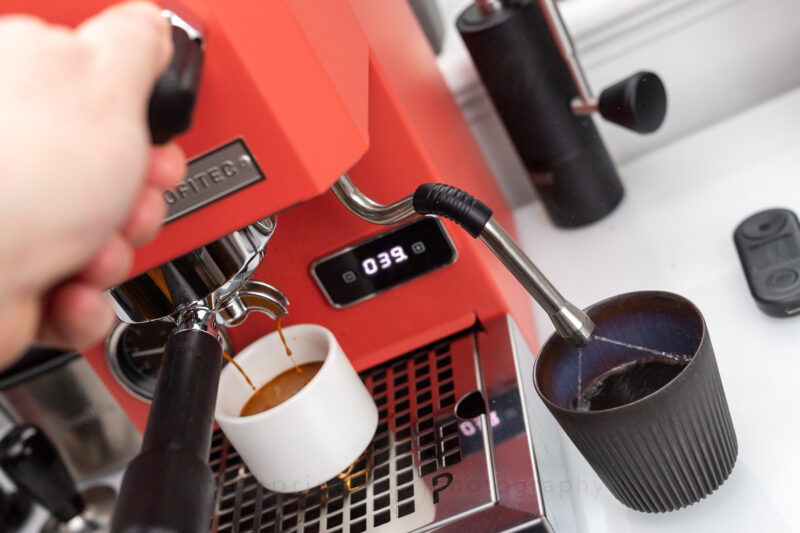
















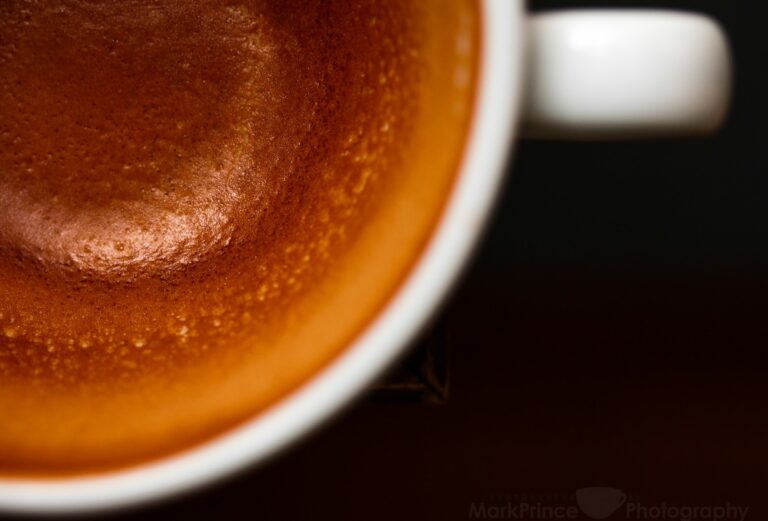

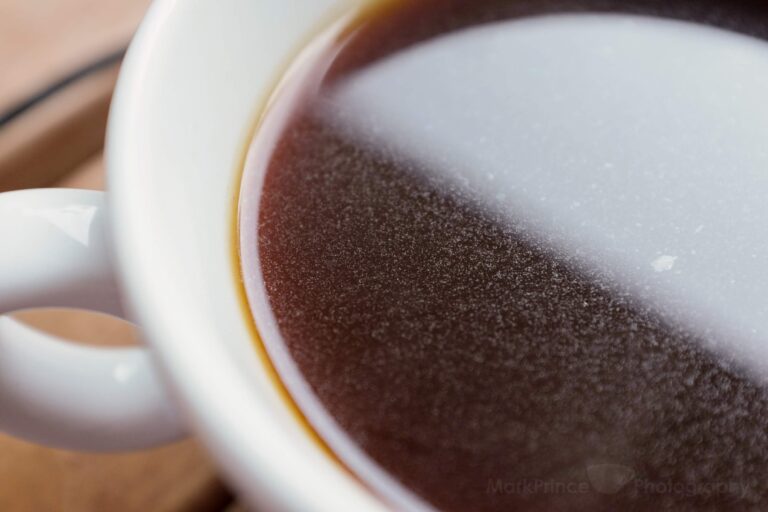

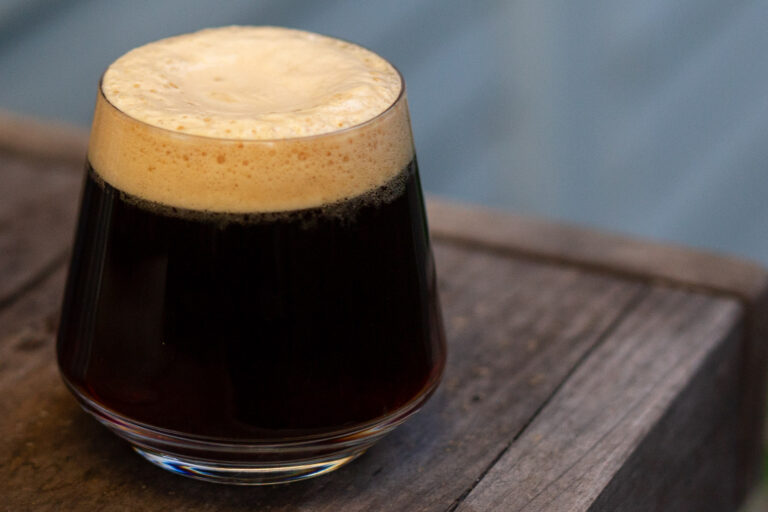
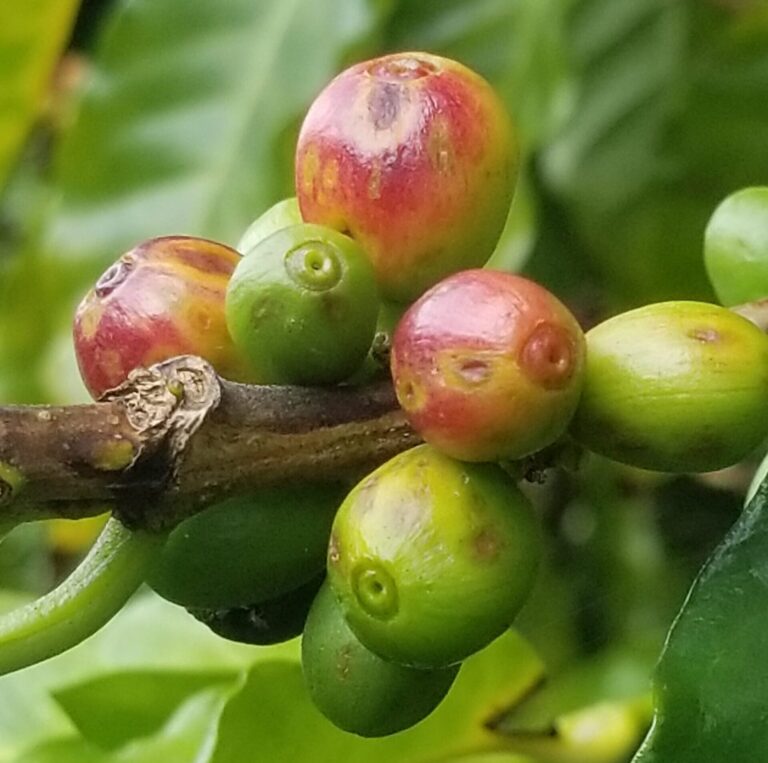








3 Responses
I was obsessing on the “correct” ratio and this article was a big help and yes the 3 tablespoon for 250ml of milk is even applicable to coffee ratio. THANK YOU!
One of the best guides for beginners in coffee I’ve seen in while! I love how you can manage to take something many find very complicated (all this TDS talk and ratios and scales and such) and boil it down to something as simple as a measuring cup and a tablespoon.
Appreciate the entire purpose of this article! First it is something that appears meant to give beginners a starting point for finding a good ‘recipe’ for brewing their coffee. Any casual reading of the reddit coffee group and you see dozens and dozens of numbers thrown around, with the expectaction that everyone should own a tds meter. This article specifically does not want you to own a tds meter, or even an expensive coffee scale.
Also liked the historical approach you sometimes like to inject in your articles. It provides a build up and background to how the information was arrived at, which helps to understand the process.
The tablespoon thing is brilliant. I will start using that when talking to my friends about brewing better coffee at home!